The Philippines is a small Southeast Asian country. Filipinos both at home and abroad make significant contributions to the various societies in which they live. In 2012, the state of the worldwide Filipino community is a very strong. Regardless of where individual groups of Filipinos live, they tend to concentrate into vibrant communities striving to keep Filipino culture and heritage alive.
According to statistics compiled in 2011, there are between 8.6 million and 11 million Filipinos living abroad. That accounts for about 11% of the total population still living in the Philippines. Such large numbers of Filipinos living in other countries suggests that their contributions to their various communities are more significant than one might believe. Driving Filipinos to other countries is the hope of steady employment and a better life.
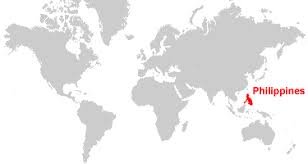
Ex-Patriot Population Densities
By far the greatest concentration of Filipinos abroad can be found in the United States. Estimates suggest that there are approximately 2.87 million living in that country. Saudi Arabia follows with 1.15 million, while Malaysia, Canada, and the UAE round out the top five. It's interesting to note that many of these individuals are ex-pats who have gone to those countries for economic reasons. However, a second generation of Filipinos is quickly emerging. Such individuals are citizens of the country where they were born rather than their parent's homeland.
It's no coincidence that the U.S. and Saudi Arabia top the list of ex-pat destinations. Since the number one reason driving Filipinos abroad is economic opportunity, both countries offer the ability for Filipinos to find steady, well-paying work and the freedom they desire in raising their families in the way they see fit. The United States ranks number one because it offers the best opportunities and freedom of movement. As a result, strong, close-knit Filipino communities are cropping up in major cities all across America.
Filipino Community Economics
One of the most important aspects of the worldwide Filipino community is the financial contributions of expatriates to the economy of their homeland. In 2009 government estimates suggest ex-pats living abroad returned some USD $17.34 billion to the Philippines by way of remittances. Those remittances were largely financial contributions sent home to immediate families and relatives. The total sum is vitally important to the Philippines as it makes up more than 13% of the nation's gross domestic product (GDP).
Filipinos living abroad are sometimes referred to as Overseas Filipino Workers (OFW's). However, former Philippine president Gloria Macapagal-Arroyo preferred another term which seems to have stuck over the years. She coined the phrase Overseas Filipino Investors (OFIs) to refer to those individuals who are sending financial contributions back home. While the term is generally viewed as innocuous, its acceptance has led to some common misconceptions that concern expatriates living abroad.!
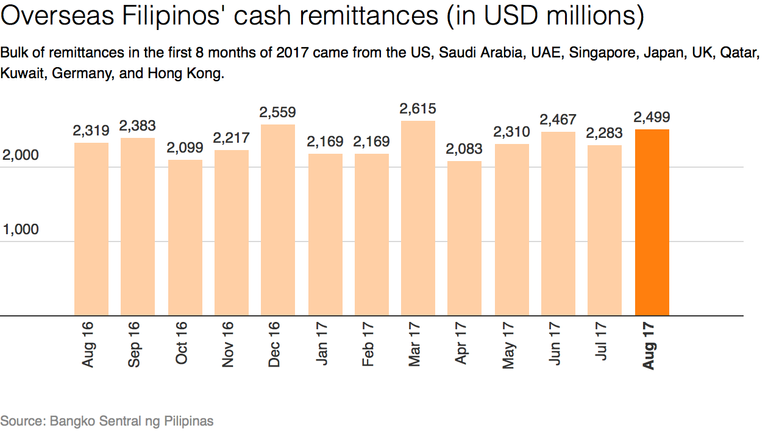
Living Abroad Does Not Equate to Wealth
The term "Overseas Filipino Investors" implies to many Filipinos still living at home that those living abroad are automatically wealthy because they live in another country. While it's true that most ex-pats earn significantly more in their new home than they did in the Philippines, those still living in the homeland fail to realize that these individuals have a significantly higher cost of living. Despite their annual incomes they don't necessarily have a lot of extra money that can be sent home.
It is not uncommon for Filipinos to find jobs in other countries that pay significantly more, only to find long-lost relatives and complete strangers writing and asking for financial help. The perception that Filipinos in other countries have money to burn is far too common among citizens of the Philippines. To illustrate our point, let's look at a Filipino family living in New York State (USA).
This family earned the equivalent of about USD $4000 while still living in the Philippines. In the United States their annual income is closer to $20,000; a sum that is very low by American standards.
The huge difference in income levels looks significant on paper until you consider what it costs this family to live in the US. Just their housing costs alone - about $10,800 - consume more than half of their annual income. That money pays for their rent, their utilities, and their insurance. Throw in the cost of owning and maintaining the car that gets them to and from work (another $1,500 annually), plus the cost of their food, medical care, and other routine expenses, and it's easy to see that their budget is stretched as thinly in the United States as it was in the Philippines. Those at home would do well to remember this.
Filipino Communities around the World
In some countries Filipino communities are extremely close knit, while in other places they are a bit looser. In the UK, where Filipino immigration has exploded over the last 30 years, the community is alive and vibrant despite the fact that it's not as cohesive as those communities in the United States and Hong Kong. In the UK there are a number of charitable organizations and groups working hard to keep Filipino culture alive. One group in particular, known as The Filipino Centre, is one of the most prolific organizations of its type in the UK. Their annual Barrio Fiesta is perhaps the most well-known Filipino event in all of the UK. It's been going strong now for some 27 years.
In Hong Kong, the Filipino community is harder to identify because of the strong Asian presence, but it is alive and well nonetheless. Filipinos contribute to overall society by starting businesses, purchasing land, being involved in community organizations, and supporting the Hong Kong culture as a whole. Yet one of the most important reasons Filipinos choose Hong Kong as the new home lies in its relative closeness to the homeland. Travelling home to see family and friends is a lot easier coming from Hong Kong than from Europe.
In the United States the Filipino community is as strong as it is anywhere else. In many of America's biggest cities, entire neighbourhoods are inhabited by Filipinos and are alive with ethnic restaurants, Filipino music and art, community organizations, houses of worship, and so on. These close-knit communities are just as strong as those found among other ethnic groups in the States. Filipinos add to that great melting pot which has made America so diverse for so many years.
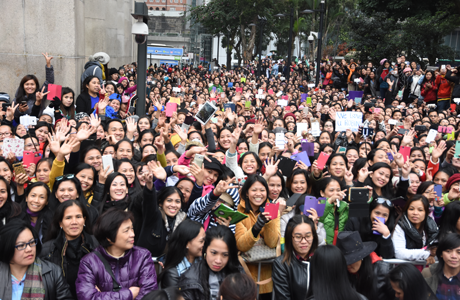
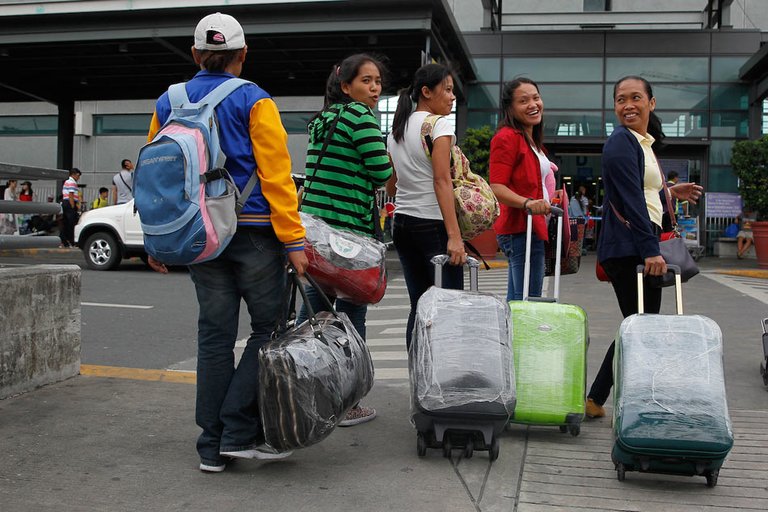
The Importance of Community
No discussion of the state of the worldwide Filipino community would be complete without discussing the concept of "community" itself. The idea of community is one of bringing together people across a widespread spectrum through a common purpose or heritage. In the case of the Filipino community, it is our heritage and nationality which acts as our common bond. Because it is so easy to become disconnected from what it means to be Filipino, it's more important than ever that we work hard to make sure that disconnect doesn't happen.
More importantly, second-generation Filipinos are now growing up in other countries without ever having been to the Philippine homeland. It is the responsibility of the Filipino community as a whole to make sure we teach our young ones about our heritage and culture, our history, and our contributions to society. Doing so is part of our responsibility as Filipinos, as well as part of the mission of Great Pinoy. As we work together to build relationships within the Filipino community, we will undoubtedly keep the Pinoy spirit alive all over the world!
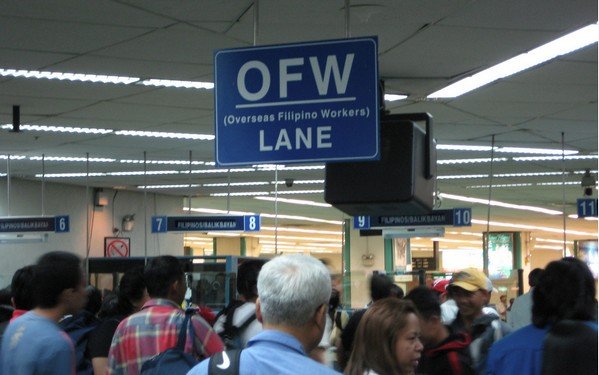

Author:
Lukaz Guzman